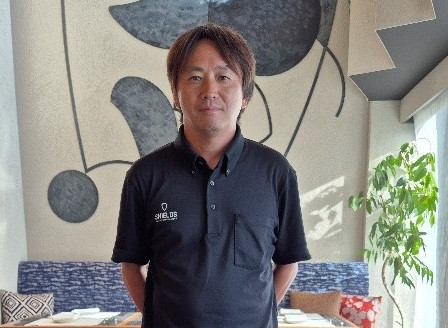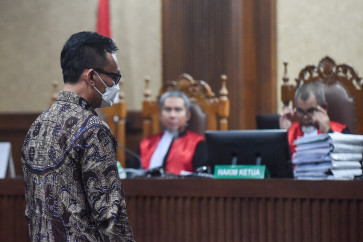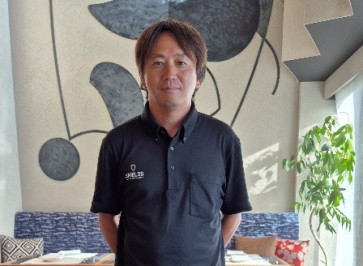Popular Reads
Top Results
Can't find what you're looking for?
View all search resultsPopular Reads
Top Results
Can't find what you're looking for?
View all search resultsChildren are key to building strong national soccer team: Former Japanese player
Today, Japan’s national team is rising steadily, the result of developing “The Japan Style.” The JFA structures its player pipeline into five categories, each stage building toward professionalism.
Change text size
Gift Premium Articles
to Anyone
I
n mid-March, Jun Hashimoto of the Japan Football Association (JFA), accompanied by his friend Fadli Lubis, visited Umuh Muchtar, manager of Indonesian league champion Persib Bandung. At the time, Persib was leading Liga 1.
"We discussed soccer academies and cooperation between Japanese clubs and Persib, including a possible player exchange program," said Hashimoto, a former central defender for Japan's national team. He had been sent by the JFA to follow up on a prior meeting between Umuh and JFA officials at the Indonesian Embassy in Tokyo last January.
Today, Japan’s national team is rising steadily, the result of developing “The Japan Style.” The JFA structures its player pipeline into five categories, each stage building toward professionalism.
“Kids are our key to developing soccer,” Hashimoto emphasized. The JFA monitors players from as early as age six through 18. Talent is evaluated at five levels: 6, 7–12, 13–15, 16–18 and over 18.
Whether in schools or academies, young players are taught five core values: respect, fairness, team-first thinking, embracing challenges and enjoying the game. “They learn these principles from the beginning at the age of six and internalize the values as they grow older,” said Hashimoto.
Top prospects are placed into four JFA academies on Japan’s main islands, Honshu, Kyushu and Shikoku. These are located in Fukushima, Kumamoto Uki, Sakai and Imabari. The Fukushima academy was relocated to Gotemba, Shizuoka, after the 2011 triple disaster of earthquake, tsunami and nuclear meltdown.
Read also: World Cup 2026: Japan's dream and Indonesia's struggle



















